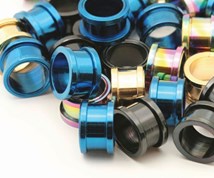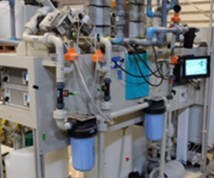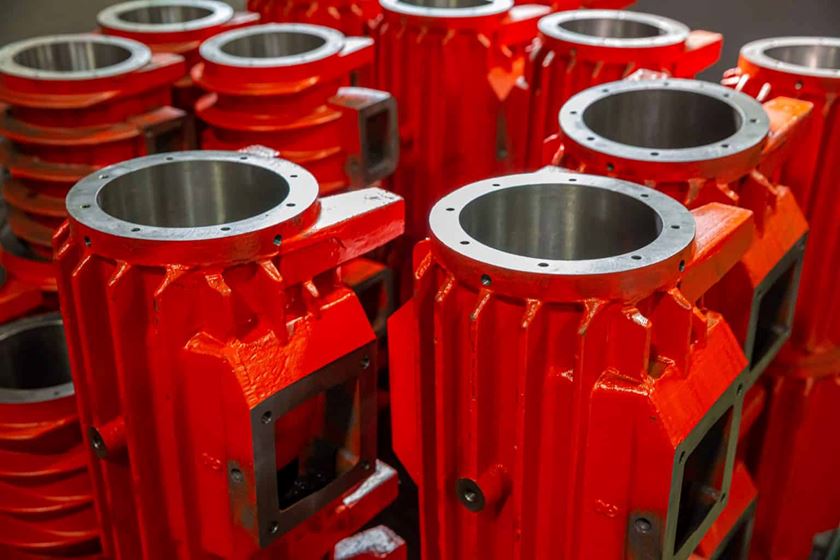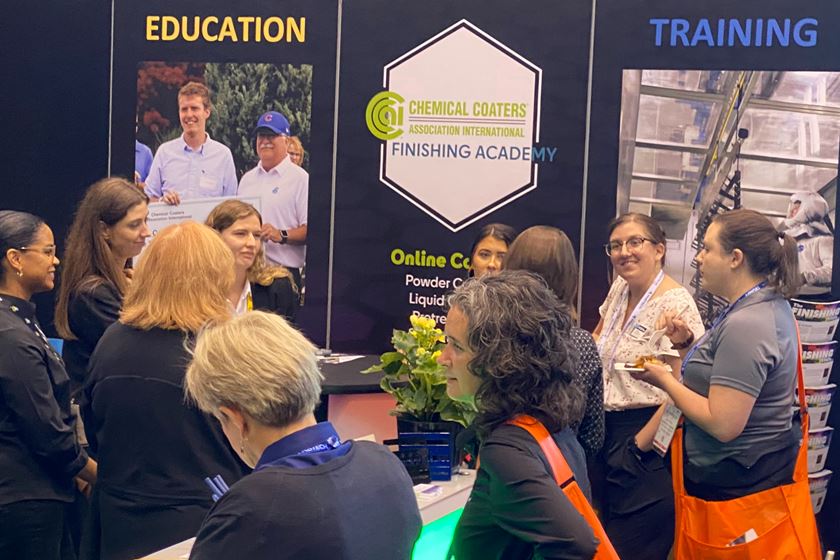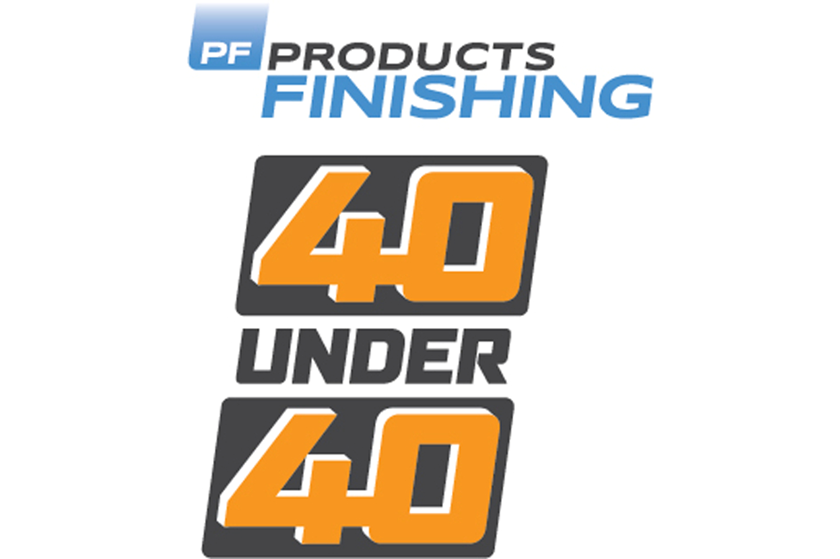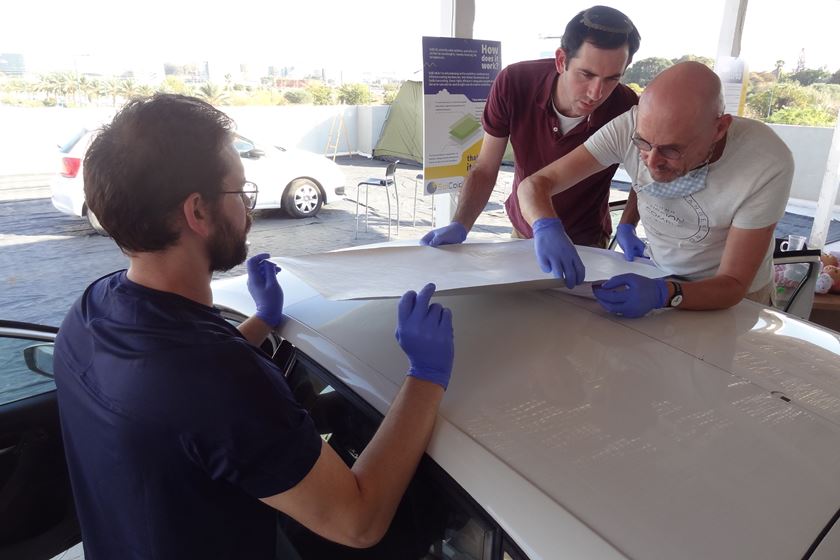Plating Q&A: Preventive Measures for Expansion
What should we focus on as we implement our expansion plan so that we don’t see unexpected delays or high fall out from the faster cycle time?
Q. Not too long ago we installed a new plating line and left empty space so that we could expand in the future. What should we focus on as we implement our expansion plan so that we don’t see unexpected delays or high fall out from the faster cycle time?
A. Firstly, I want to commend you for having the foresight to leave space in your line for future expansion. This is more than half the battle as I see it.
Featured Content
Some things to remember to help minimize delays during an expansion period are:
A well-written and thought-out plan with assigned responsibilities
Build a sufficient bank of finished goods so that any unexpected interruptions can be abated
Procure your equipment and chemistry needs in advance by verifying lead times and logistics
Involve your chemical supplier with the other suppliers to ensure there are no surprises
Plan ahead to minimize downtime and overtime if the schedule slips
Have auxiliary equipment onsite ready to install once the shutdown takes place and install as much as possible ahead of time
Extended transporter rails in the future expansion areas installed ahead of time will enable ease of equipment installation
Plan for a safe working environment
As for reducing the risk of higher scrap and rework from the faster process, I would suggest the following:
When first considering expansion, construct a new Time Way diagram for the faster throughput. This should include any additional transporters or transfer shuttles needed to increase throughput
Ensure similar immersion times, lifting times, lowering times and dripping times for the new Time Way as compared to the Time Way that is currently running successfully
Review the Time Way with the chemical supplier and identify any potential concerns then plan for a resolution
Make sure there are ample tanks to accommodate the faster process cycle
Incorporate additional transporter capacity so as not to compromise current time parameters
For a standard hoist line, most of the cycle time for each transporter is consumed in the lifting and lowering of the work bar. In my past experience, during the expansion discussions, the lifting and lowering speeds are always considered viable options for reducing cycle time. I can tell you this is not a good idea. The speeds initially established were engineered based on the flight bar geometry, hydraulic effects of the solution and work bar sway. Changing these parameters could lead to significant increases in scrap or part damage. Stand firm on your current parameters and try to keep these constant. If that is not possible, document risk with a new process FMEA and follow closely. It may cost more to install additional transporters but in the long run, this will surely pay off in scrap and rework savings.
There are many things to consider when thinking about expansion. No one person has all the right answers so in an effort to minimize your risk, include your mechanical engineers, electrical engineers, architects, software engineers and chemical suppliers in your planning. Don’t forget about the waste treatment side of the equation as more production equates to more drag out and additional treatment costs.
Originally published in the January 2016 issue.
RELATED CONTENT
-
Nickel Electroplating
Applications, plating solutions, brighteners, good operating practices and troubleshooting.
-
A Chromium Plating Overview
An overview of decorative and hard chromium electroplating processes.
-
Masking for Surface Finishing
Masking is employed in most any metal finishing operation where only a specifically defined area of the surface of a part must be exposed to a process. Conversely, masking may be employed on a surface where treatment is either not required or must be avoided. This article covers the many aspects of masking for metal finishing, including applications, methods and the various types of masking employed.


